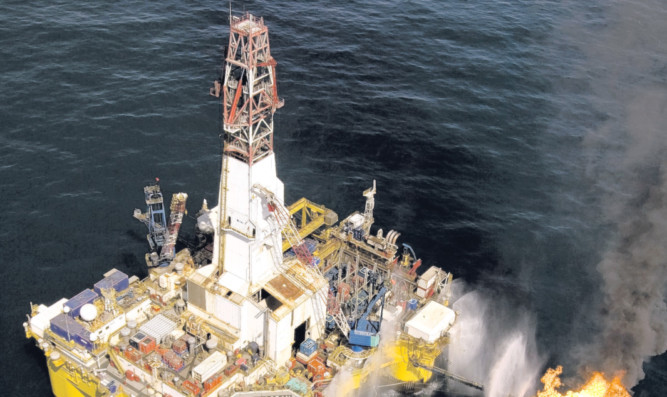The oil and gas industry will lose 35,000 existing jobs in the next five years but welcome 12,000 new entrants, according to a new report.
Fuelling the Next Generation predicts that total employment in the sector will fall from 375,000 to 340,000 as investment in the UK Continental Shelf (UKCS) declines.
Commissioned by offshore trade association Oil and Gas UK, sector skills organisation Opito and the Department for Business, Innovation and Skills, the report said remaining reserves could provide energy for at least 35 years.
“Over the next five years over 12,000 new entrants will be needed to play their part in sustaining the UK oil and gas industry’s ability to fulfil this potential,” the study considered.
The impact of the job losses should be offset by growing opportunities in export markets from the £35 billion supply chain, decommissioning North Sea assets and prospects for an onshore shale industry.
In total, 70% of respondents said they were experiencing recruitment difficulties, although less severely than last year.
The difficulties were limited to specific areas predominantly in Aberdeen, the UK’s oil and gas hub, and included technical safety, drilling, engineering, geosciences and business support services.
The report found the sector is building a sustainable pool of talent for the future, with 86% of companies supporting 6,000 graduates and 13,000 apprentices.
The study also dispelled the “ageing workforce” myth.
The proportion of over-55s is just over 10% compared to a national average of 32%, and the proportion aged 35 and below represents about 40% compared to a national average of 31%.
The average annual salary stands at £64,000 in the industry which at present supports one in 80 jobs across the UK.
The UK is a global centre of excellence for oil and gas, with £14.8bn of export revenue delivered over the last year.
Oil and gas sales boost the UK’s trade balance by £30bn per year approximately 27% of the total trade deficit.
UK business minister Matthew Hancock MP said: “I hope today’s report gives businesses across the UK the tools they need to create more skilled jobs for Britain’s young people, compete on the global stage and help Britain prosper.”
Gordon Ballard, chairman of the Oil and Gas Industry Council, said: “The UK’s offshore oil and gas industry is a great British industrial success story.
“The UK is the second largest producer in Europe.
“We hope this report will serve as a useful tool for companies of all sizes, on both sides of the border, to grow their domestic business and export their considerable expertise across the globe.”
Derek Leith of professional services firm EY, the report authors, added: “The future of this industry will be driven by trends in domestic capital expenditure, exploration activity, decommissioning and expansion into international markets.”
John McDonald, managing director of Opito, added: “The report will provide critical intelligence to individual companies, government and education providers alike.”
Stephen Marcos Jones, business development director at Oil and Gas UK, said: “Almost 43 billion barrels of oil and gas have been extracted from the North Sea and with potentially some 24 billion still to come, this industry will continue to provide careers here in the UK for many decades to come.”
